
Which site would you like to visit?
By clicking the retail or wholesale site button and/or using rarewineco.com you are choosing to accept our use of cookies to provide you the best possible web experience.
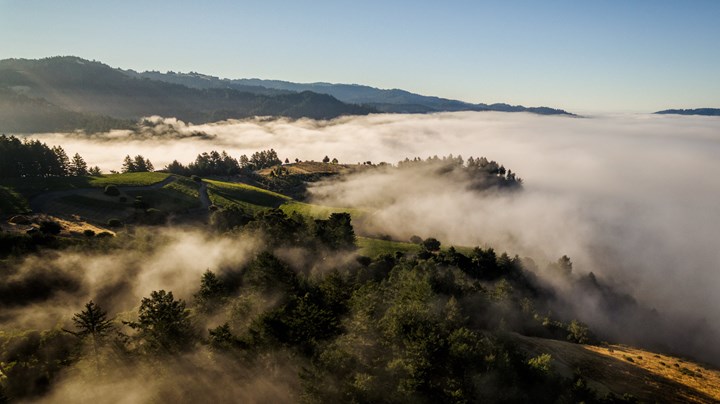
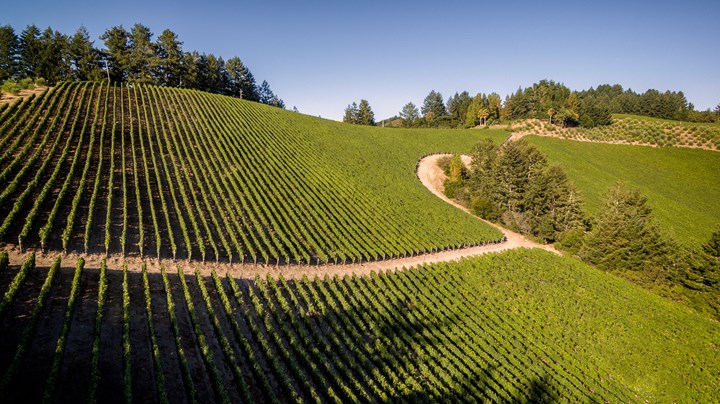
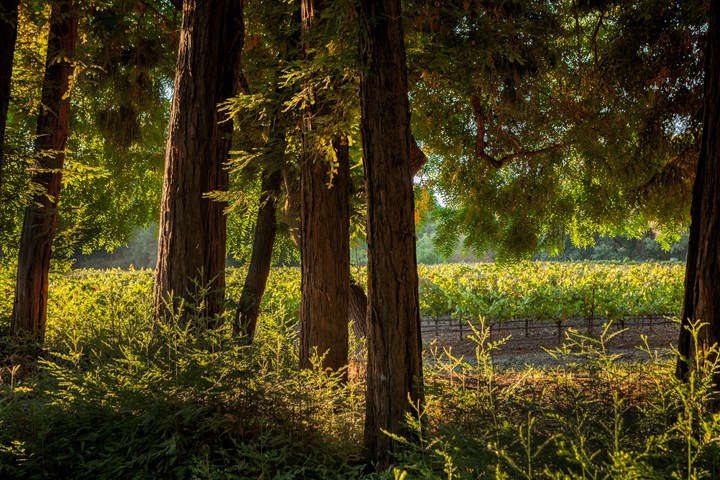
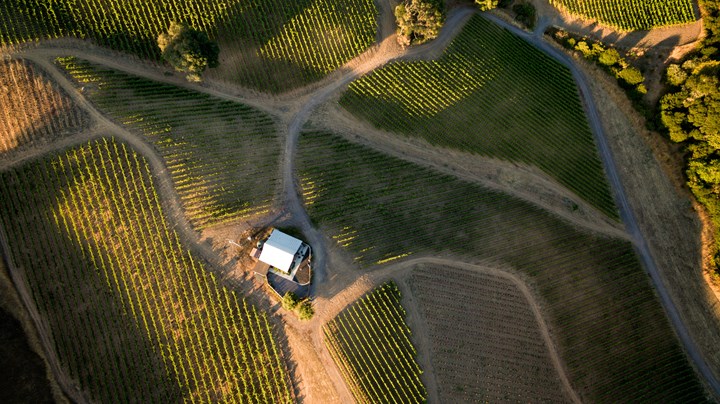
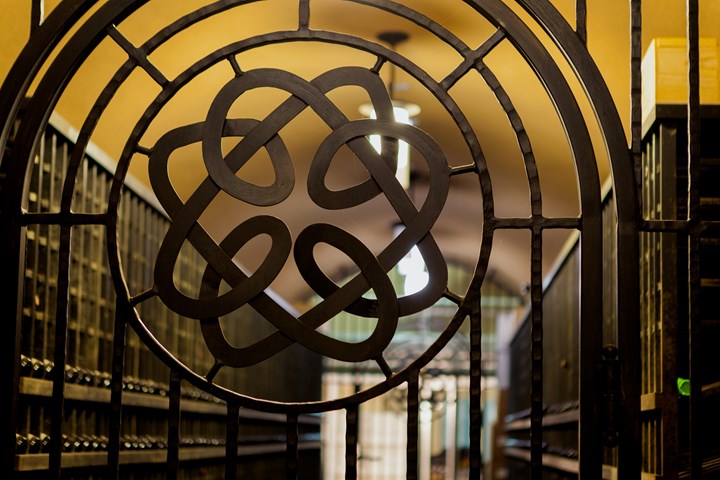
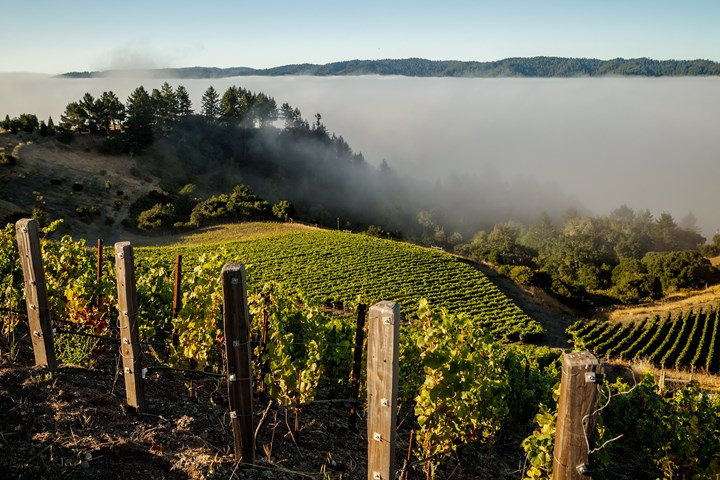
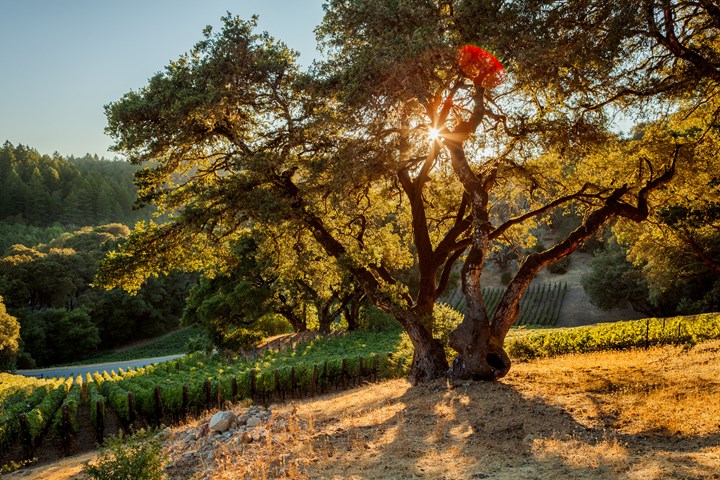
California's quest to become a world-class wine producer began quietly in the 1950s. And for much of the next half century, the focus was on tried-and-true terroirs, as winemakers learned how to craft wines that would please both consumers and critics.
Few producers had the time, resources or inclination to explore the state in search of its best terroirs, let alone investigate which grapes would best marry with them.
But with the dawn of a new millennium, California has entered a new phase, full of the promise that by the century’s end, we will have matched the likes of Burgundy, the Rhône and Piedmont, for the greatness of our vineyards, and the wisdom of our winemaking.
Yet, as of now, of a thousand or more wine estates spread across California, perhaps only one approaches the greatest domaines of Europe in the extent and quality of its terroirs, and the choices of its grape varieties and winemaking philosophy.
That estate is Rhys, and the man behind it is Kevin Harvey.
“A beacon for those who value grace, balance, structure and distinctiveness in wine."
- Eric Asimov
While terroir has been a key talking point in the California wine awakening, we know of no one who can match what Kevin Harvey has done to reveal the essence of his extraordinary sites.
Having discovered new terroirs capable of greatness in the incredibly complex geology of the Santa Cruz Mountains, Harvey has—from his first vintage in 2004—pushed the envelope in every way imaginable, all in his relentless drive to capture their character with as much transparency as possible.
From the extremely dense plantings, clonal diversity and strikingly different soils and exposures of his seven vineyards, through the intensive studies of their climates to the blind analysis of each tiny individually vinified parcel Kevin has built, from scratch, a domaine whose wines now stand easily aside the finest examples of the world’s storied appellations.
As Antonio Galloni has written, “with each passing vintage, the wines continue to improve to the point where comparisons to the best estates in California are increasingly less relevant. Rhys is world class. It’s as simple as that.”
As Mike Steinberger wrote on 2011, “Rhys is a classic case of one man’s obsession run splendidly amok.”
Kevin founded Rhys Vineyards with the aspiration to “to make great Pinot Noir, Chardonnay and Syrah from some of California’s most unique and expressive vineyards.” Through a great palate, endless intellectual curiosity and drive, and the means to spare no expense to make his vision a reality, he is accomplishing just that.
Long a student and devotee of fine wine, in particular Burgundy, Kevin conducted his own extremely rigorous research into the attributes of the Côte d’Or’s great climats, examining every aspect to determine how they created such extraordinary wines. With this thorough understanding of the key factors of these terroirs, he set about his search for analogous sites in California.
“I think Rhys is the most exciting story on the American wine scene in a long time.
-Mike Steinberger, Slate
Astonishingly, he found the first one right in his Santa Cruz Mountains backyard. Nearly a decade before Rhys’ founding, Kevin planted 35 Pinot Noir vines behind his home as an experiment and vinified the grapes in his garage. The result was shockingly good, particularly in its expression of minerality, prompting him to scour the area for other sites.
He went on to discover four more extraordinary sites in the Santa Cruz Mountains, plus one in the northern end of Mendocino County’s Anderson Valley. The soils in each are much the same: organically poor, shallow and rocky.
From these places, with their very specific soils and microclimates, and Kevin’s limit-pushing, extremely detailed farming and winemaking, magic is happening.
Sandwiched between the Pacific Ocean to the west and San Francisco Bay to the East, Rhys’ Santa Cruz Mountains vineyards benefit from a cool climate that moderates California’s warm summers, producing fruit of complex full maturity at low sugar levels.
But it isn’t just a temperate climate that makes these mountains capable of producing extraordinary Pinot Noir and Chardonnay, it is also their complex geology. They were formed through the uplift created by two tectonic plates of the earth’s crust pushing against each other. And this movement created not only height, ranging from 400 feet of elevation to close to 3000, but a myriad of different soils and exposures.
Here Kevin has created five strikingly different vineyards, their diverse clones and extreme vine densities tailored to their singular terroirs. And he has augmented these holdings with an equally great terroir in Anderson Valley’s Deep End.
While Kevin has explored every aspect of these sites in his quest to articulate their characters as clearly as possible, one of the most important has been genetic diversity, creating greater complexity while enhancing site expression.
Using a wide variety of both California Heritage cuttings and “suitcase clones,” the results are lessening of varietal signature in favor of the voice of the land. And through the very low yield of each vine, complete maturity—not only in ripeness, but in nuance and structure—is achieved at low sugar levels, preserving their great complexity and articulation of terroir.
Through their stunning transparency, the Rhys vineyards offer portraits of six strikingly diverse terroirs which had previously been undiscovered. They began with the Home Vineyard, today expanded well beyond its original 35 Pinot Noir vines to encompass 1.3 acres at 450- to 500-foot elevation on the Santa Cruz Mountains’ eastern side.
Home Vineyard’s sheltered, mild climate and Whiskey Hill formation sandstone soil produce elegantly earthy Pinot Noir of great layered complexity. Yet, despite its close proximity and similar elevation, the neighboring Family Farm Vineyard’s Pinot is quite different, more powerful, more floral and longer lived, courtesy of its unique alluvial sand and clay soils.
On the mountain’s exposed western slope, the steep chalky Purisima formation soil of the Alpine Vineyard, cooled by the Pacific Ocean and its 1200- to 1490-foot altitude, makes for very mineral, yet rich, Pinot Noir and Chardonnay.
Less than a half mile to the east, the slightly higher, more protected location and ancient Monterey formation shale and limestone composition of the Horseshoe Vineyard creates Chardonnay and Pinot of great tension and focus.
Peaking at 2360 feet along the Santa Cruz Mountains’ spine, Skyline Vineyard is one of the highest Pinot Noir and Syrah vineyards in California. Skyline’s 34-million-year-old San Lorenzo formation soils are a very rocky and poor combination of mudstone, sandstone and limestone. This—along with its sunny yet cool exposure—produces wines of exotic aromatic complexity, stunning minerality and potential for long life.
More than 100 miles to the north in Mendocino County’s Anderson Valley, the Bearwallow Vineyard’s steep slope of fractured shale, quartz and sandstone soils and cool, coastal climate results in wild berry Pinot and orchard fruit Chardonnay of beautiful balance and saline minerality.
As with the selection and tending of the Rhys vineyards, the 30,000 square foot cave is designed with the goal that, in Kevin’s words “when a wine is poured, the drinker will be staring into a glass of vineyard.”
All movement of the wine is by gravity, and all processes are natural and gentle, with nothing added except the minimum amount of sulfur necessary.
The Pinots are fermented using a high proportion of whole-cluster fruit crushed by foot, the gentlest of methods, as it doesn’t break stems or seeds. Aging is in Burgundy barrels, a minority of them new.
The Chardonnay is whole-cluster pressed, settled and gravity fed to custom-made barrels, and allowed to ferment to dryness in their own time, which typically takes one year. Notably there is no racking or stirring of the lees. Once dry the wine goes to tank for four to six months before bottling.
The use of new oak for both varieties is restrained and tailored to the vineyard and vintage, and all barrels from both tonneliers are custom made from selected tight grain wood, and from staves air dried for four years. Most important of all is the micro-vinification of small individual vineyard parcels, for assessment of their highly individual characters.
Kevin Harvey has set out to prove that certain California lands are capable of producing wine as harmonious, complex and long lived as any of the historically great terroirs of the world. Based on the extraordinary results so far, there’s little question that he’ll succeed.
“At the very summit of what is possible in California today.”
- John Gilman
| Year | Description | Size | Notes | Avail/ Limit |
Price | |
|---|---|---|---|---|---|---|
| Please Call (415) 319-9000 for Availability | ||||||
New discoveries, rare bottles of extraordinary provenance, limited time offers delivered to your inbox weekly. Be the first to know.
Please Wait
Adding to Cart.
...Loading...


By clicking the retail or wholesale site button and/or using rarewineco.com you are choosing to accept our use of cookies to provide you the best possible web experience.

